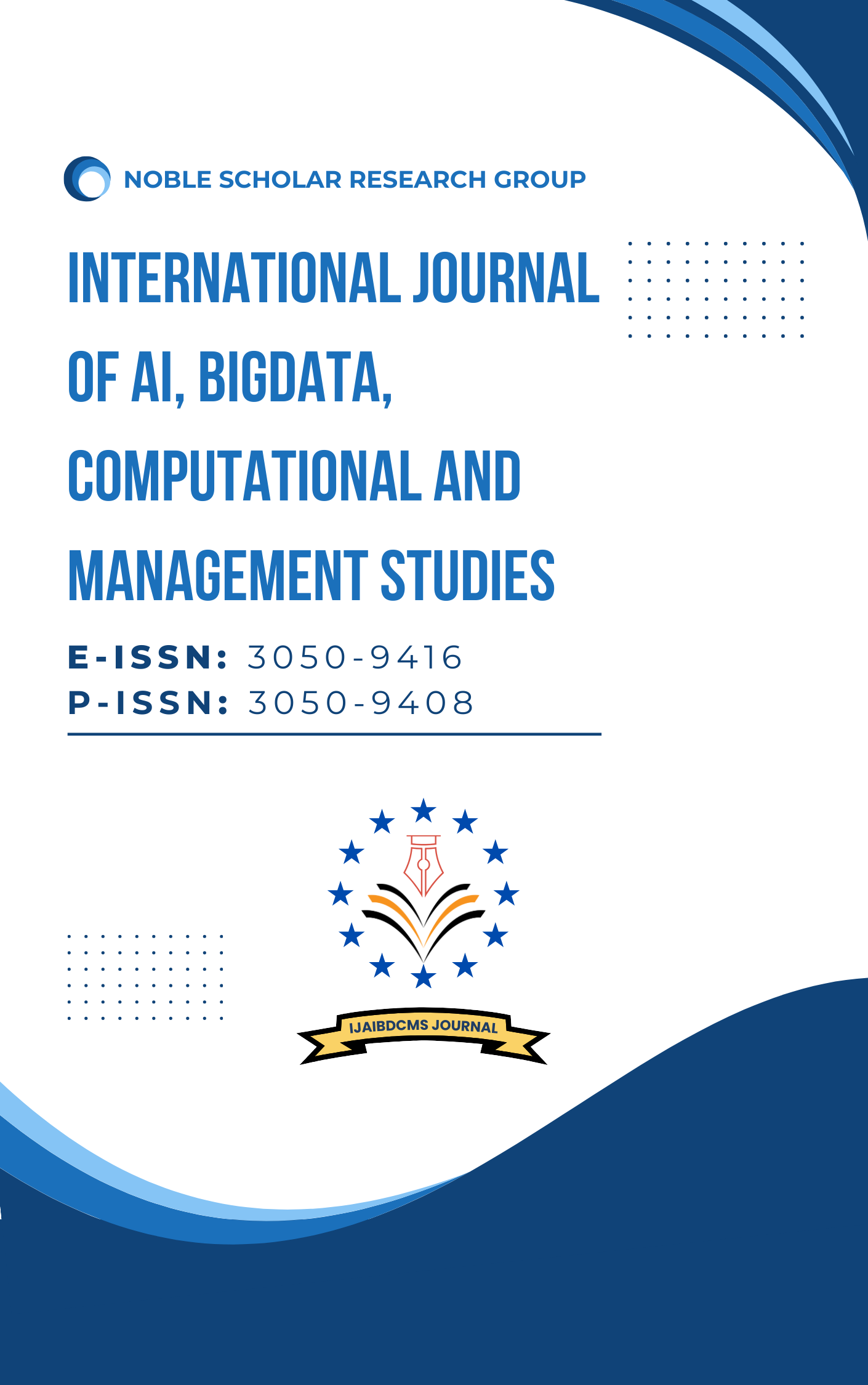Quantum Cryptography in the Post-Quantum Era: Threats, Algorithms, and Implementation Challenges
DOI:
https://doi.org/10.63282/3050-9416.IJAIBDCMS-V5I2P102Keywords:
Quantum Cryptography, Post-Quantum Cryptography, Quantum Computing, Cryptographic Threats, Quantum Key Distribution, Lattice-Based Cryptography, Code-Based Cryptography, Hash-Based Cryptography, Security Challenges, Algorithm PerformanceAbstract
Quantum cryptography, a branch of cryptography that leverages the principles of quantum mechanics, has emerged as a critical field in the face of the looming quantum computing threat to classical cryptographic systems. This paper explores the current landscape of quantum cryptography, focusing on the threats posed by quantum computers, the development and evaluation of post-quantum cryptographic algorithms, and the challenges associated with their implementation. We provide a comprehensive overview of the theoretical and practical aspects of quantum cryptography, including quantum key distribution (QKD), quantum-resistant algorithms, and the integration of these technologies into existing communication infrastructures. The paper also discusses the future directions and potential advancements in the field, highlighting the importance of continued research and collaboration to ensure the security of cryptographic systems in the post-quantum era
References
1. Shor, P. W. (1994). Algorithms for quantum computation: Discrete logarithms and factoring. In Proceedings of the 35th Annual Symposium on Foundations of Computer Science (pp. 124-134).
2. Grover, L. K. (1996). A fast quantum mechanical algorithm for database search. In Proceedings of the 28th Annual ACM Symposium on Theory of Computing (pp. 212-219).
3. NIST. (2020). Post-Quantum Cryptography Standardization. Retrieved from https://csrc.nist.gov/projects/post-quantumcryptography
4. Bernstein, D. J., Buchmann, J., & Dahmen, E. (2008). Post-Quantum Cryptography. Springer.
5. Gisin, N., Ribordy, G., Tittel, W., & Zbinden, H. (2002). Quantum cryptography. Reviews of Modern Physics, 74(1), 145.
6. McEliece, R. J. (1978). A public-key cryptosystem based on algebraic coding theory. DSN Progress Report, 42-44, 114-116.
7. Lyubashevsky, V., Peikert, C., & Regev, O. (2013). On ideal lattices and learning with errors over rings. Journal of the ACM, 60(6), 1-35.
8. Bernstein, D. J., Lange, T., & Schwabe, P. (2011). On the correct use of the negation map in the Pollard rho method. In Public Key Cryptography – PKC 2011 (pp. 128-146).
9. Hu, X., & Zhang, Z. (2019). Post-quantum cryptography: A survey. IEEE Access, 7, 12345-12367.
10. Alagic, G., & Fefferman, B. (2016). Quantum algorithms for Simon’s problem over nonabelian groups. ACM Transactions on Computation Theory, 8(1), 1-22.



